
Defending Against Email Compromise
Discover how to defend accounting and procurement teams from email compromise in the Defense Industrial Base. Learn CMMC-aligned best practices using Microsoft 365.
Explore related posts tagged with "Controlled Unclassified Information (CUI)"

Discover how to defend accounting and procurement teams from email compromise in the Defense Industrial Base. Learn CMMC-aligned best practices using Microsoft 365.

Understand the difference between technical and process controls in CMMC compliance. Learn how both work together to protect FCI and CUI data effectively.
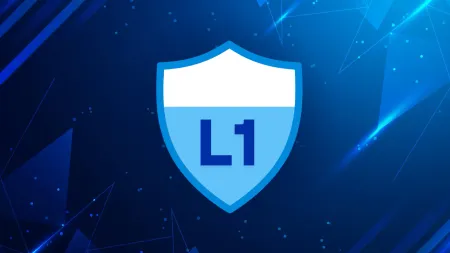
Over 139,000 DoD contractors must meet CMMC Level 1. Learn what it requires, how to self-assess, and why it's essential for handling Federal Contract Information.
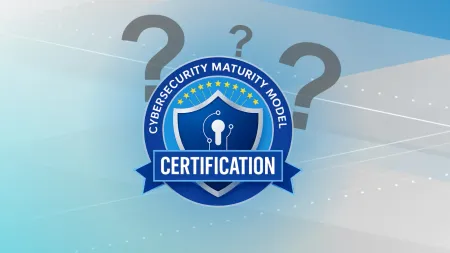
CMMC compliance is crucial for protecting Controlled Unclassified Information (CUI) in defense contracts. Learn what CMMC is, its certification levels, and why it matters.
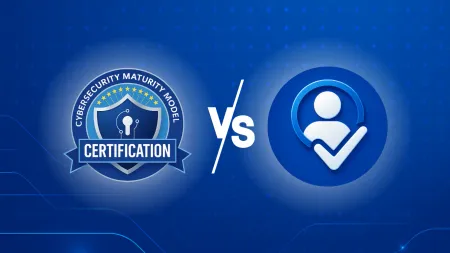
Not all contractors need a third-party CMMC certification. Find out the differences between CMMC certification and self-assessment and which one applies to your organization.
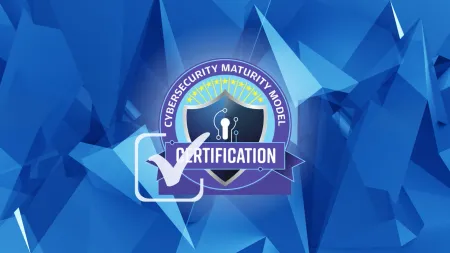
Learn how to use Microsoft 365—Business Premium, GCC, and GCC High—to meet CMMC 2.0 compliance requirements across Levels 1, 2, and 3.
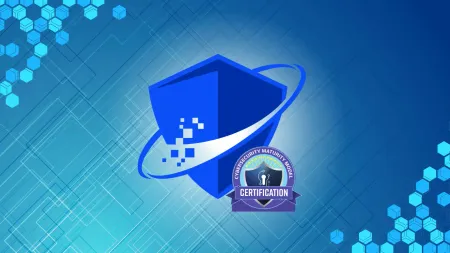
CMMC compliance requires well-documented cybersecurity policies. Learn how to implement security controls, create an SSP and POA&M, and manage Controlled Unclassified Information (CUI).
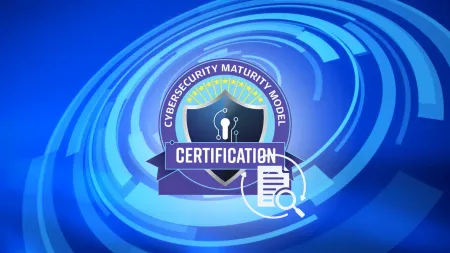
Preparing for a CMMC compliance audit is critical for DoD contractors. Use this checklist to perform a gap analysis, assess CMMC readiness, and prepare for a Level 2 assessment.
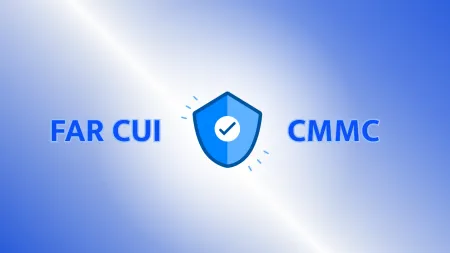
FAR CUI and CMMC both focus on protecting sensitive federal data, but they have key differences. Learn how they work together and whether FAR CUI compliance aligns with CMMC.
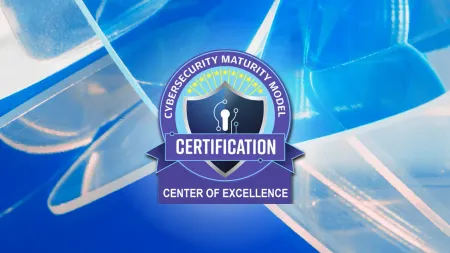
Achieving CMMC cybersecurity compliance requires strong security controls. Learn best practices for securing your IT environment, protecting CUI, and implementing MFA.